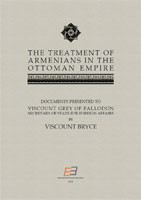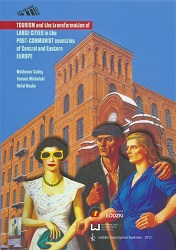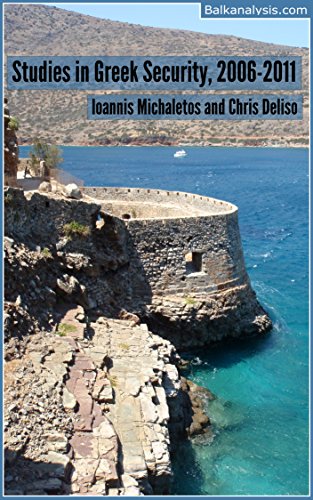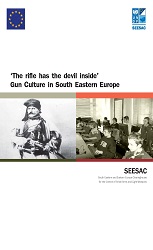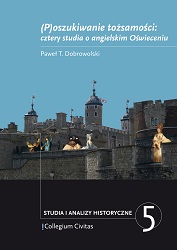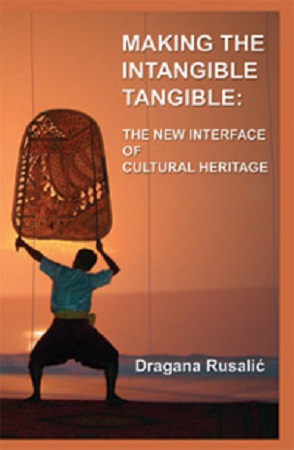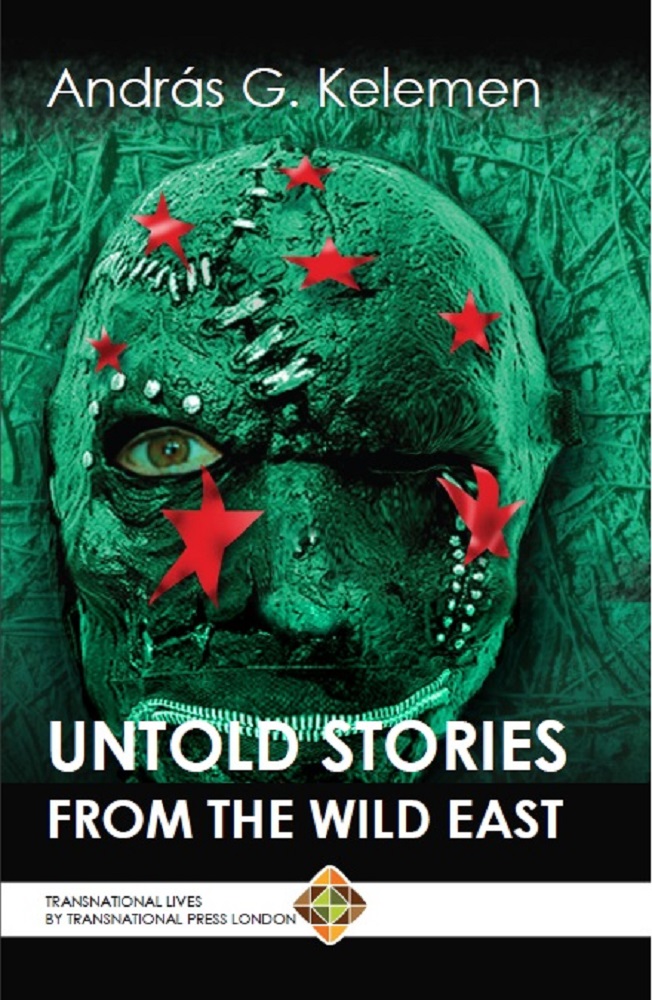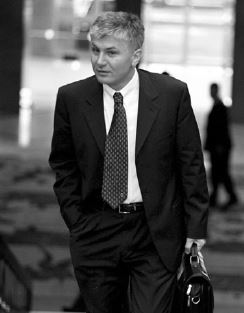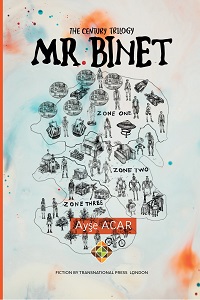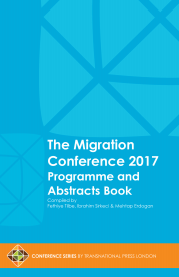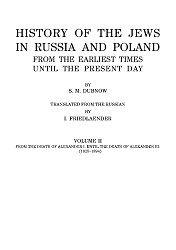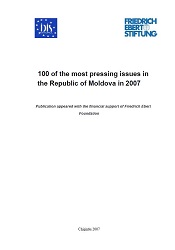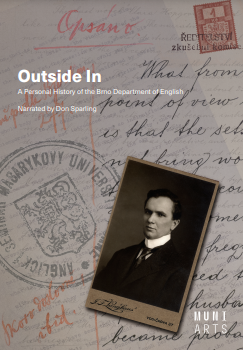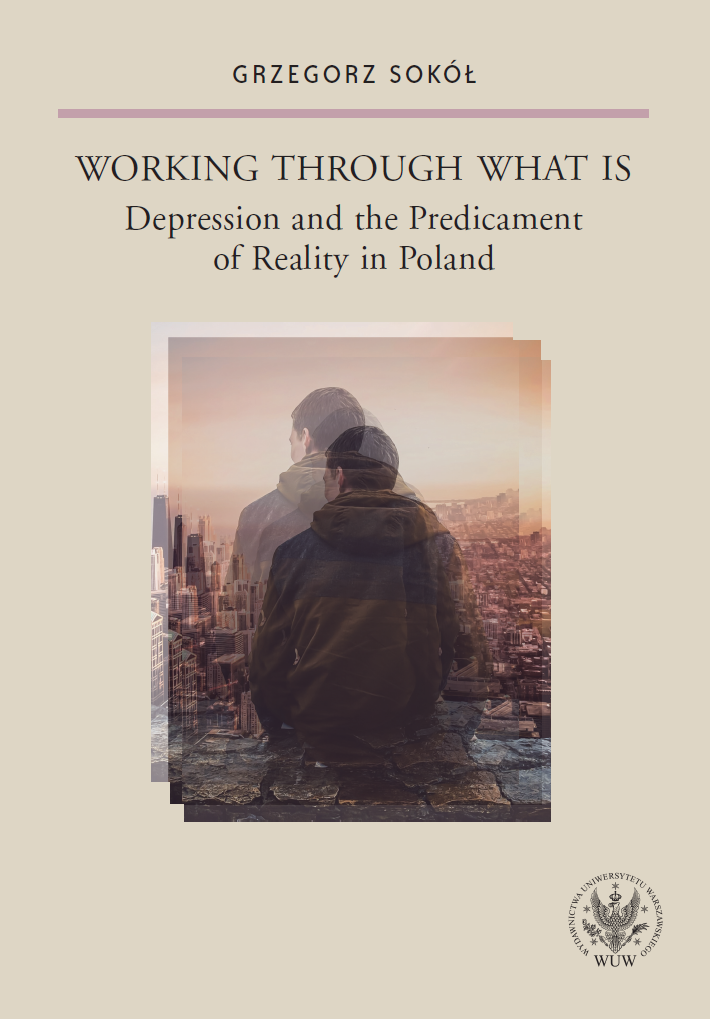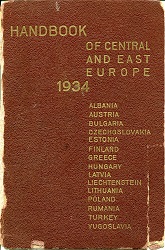Tourism and the transformation of large cities in the post-communist countries of Central and Eastern Europe.
Author(s): Waldemar Cudny,Tomasz Michalski,Rafał Rouba / Language(s): English
Keywords: Tourism; the transformation of large cities in the post-communist countries; Central and Eastern Europe
The turn of the 1980’s and 1990’s was the time of radical political and socioeconomic transformations in the world and a deep economic and political crisis in the European socialist countries. The General Secretary of the Communist Party of the Soviet Union was Mikhail Gorbachev, who introduced Perestroika. It was a program of economic and political reforms meant to improve the situation in the country. The decline of the Soviet Union and the reforms that were introduced there started the transformation process in other socialist countries of Central and Eastern Europe, such as Poland (1989), Hungary (1989), the German Democratic Republic or Czechoslovakia (1989). In 1991, the Soviet Union was formally dissolved and new states arose from the ruins of the former empire, such as Russia, Ukraine, Belarus, or the Baltic countries (Lithuania, Latvia and Estonia), as well as Asiatic countries – Kazakhstan, Azerbaijan and Georgia. The transformation which began at that time is still continuing today. The former socialist countries are constantly fighting to reduce the distance between them and Western Europe, which became evident after World War II. The transformation in the majority of the countries described here leads to the democratization of the political and social life, as well as the introduction of market economy. Some changes are seen as positive and some as negative. All the spheres of life in the countries concerned are strongly affected, but it is cities where particularly far-reaching consequences of the fall of socialism are observed. The book presents transformations in the cities of the former socialist countries in the central and eastern part of the European continent. However, apart from the location, it is important that they have a similar history, and for years were maintaining geopolitical relations. Moreover, they all have a history of a leftist regime, resulting from the course of events in the 20th c. After World War II, they were all under the influence of the USSR as its satellite countries (e.g. Polish People’s Republic, Czechoslovak People’s Republic, Hungarian People’s Republic) or republics, which were parts of a state which does not exist any more (e.g. Belarusian SSR, Ukrainian SSR). The subject of the study is the tourist function of the group of post-socialist cities in several countries in the central and eastern region of Europe. The object of the study presented in this book is the development of the tourist function in these cities, caused by the transformation process after the fall of socialism. The spatial range of the work includes cities in selected countries of Central and Eastern Europe : Lodz in Poland, Bratislava in Slovakia, Kaliningrad in Russia, Minsk in Belarus, and Lviv in Ukraine. The analysis presented in this book concerns the cities within their administrative borders, is dynamic and shows the transformations which took place in the period between the fall of socialism and the present times. The main aim of the book is to verify a research hypothesis, according to which: One of the consequences of the fall of socialism was the political and socio-economic transformation, including rapid development of the tourist function in large cities, in the countries of Central and Eastern Europe. Due to the advancing deindustrialization, as well as the growing importance of the third economic sector, the significance of tourist services increased considerably. The tourist sector offering hotel, catering and entertainment services developed, the accessibility of the studied areas increased, the urban space was revitalized, and the local authorities implemented a number of tourism development programs. As a result, tourist traffic and the number and diversity of tourist arrivals increased. Apart from the general aim of the study, the authors set themselves the following individual goals: 1. Presenting the history of transformations in the European postsocialist countries. 2. Describing the studied cities and their geographical location. 3. Presenting the present socio-economic situation of the cities. 4. Analyze of the changes of the tourist function, which took place in the studied areas after the fall of the socialist system: a) changes in the tourist infrastructure and accessibility, b) transformations of the urban space, which could have influenced tourist phenomena, c) changes in the tourist traffic. 5. Constructing a model of transformations in urban tourism, which have been taking place in the post-socialist cities of Central and Eastern Europe over the last 20 years. The analysis presented in this book features a number of research methods. According to Runge (2007), they may be defined as “… typical and repeatable ways of collecting, processing, analyzing and interpreting empirical data, serving the purpose of finding well-founded answers to the posed questions” (Cudny et al. 2011, p. 25). The methods can be divided according to their universality into general (universal) and detailed, according to the way phenomena are presented – into quantitative and qualitative, and according to the place where they are used – into field work and data processing (Cudny et al. 2011, p. 29). The authors of this book used a variety of detailed research methods, commonly applied in geographical and historical studies. Among other techniques, they used observation and the historical method (chronological analysis of facts). Research materials were obtained from literature, Internet sources and surveys conducted at institutions and offices. Moreover, the authors made use of the results of their own published and unpublished studies. The editors of this book decided that each chapter would be written by a different specialist in a given area. The choice of the authors depended not only on their theoretical knowledge of the studied phenomena; they also know the area of study and its transformations from the practical side. The authors invited to contribute to the book have been conducting their own studies in the areas described in the book for many years, or they are working at tourism institutions. The book consists of eight chapters, the first of which is the introduction, presenting the theoretical assumptions of the publication. Second chapter presents the historical overview of the transformations in the former socialist countries in Europe. It is written by a historian specializing in this field. The next five chapters are an extensive presentation of case studies, where the authors describe the development of tourism in selected post-socialist urban centres. In the final part of the book the editors draw conclusions.
More...
